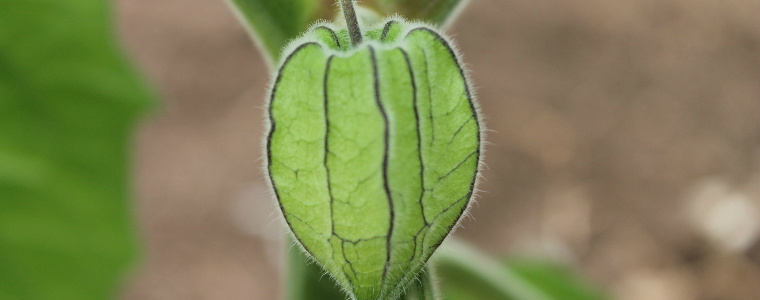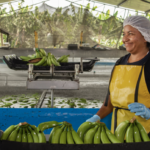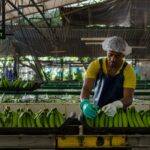Colombia develops export-focused golden berry varieties

After nearly a decade of research, Colombia has developed and registered two golden berry varieties that are expected to be of great benefit to growers.
A representative from the Colombian Corporation of Agricultural Research (Corpoica) said the two varieties that had been selected - Corpoica Dorada y Corpoica Andina - were highly productive and had a strong export potential.
Both of them are now being tested throughout the country.
The golden berry goes by numerous names including aguaymanto, physalis, and Cape gooseberry, and have soared in popularity over recent years.
Corpoica researcher Víctor Núñez told www.freshfruitportal.com the two varieties had been selected and developed by the organization.
"The Corpoica Dorada variety did not come from a seed or plant reproduction, as is generally the case. This variety was created with in vitro laboratory technology," he said, adding a key aspect of the program was to create more uniform plants in terms of size, vigor, and fruit quality.
Núñez said that in Colombia - as is the case in many golden berry-growing countries - there were not different varieties as such, but rather ecotype plant materials that are shared between growers.
It was for this reason the researcher said the project was important for Colombia's future as a major exporter of the berry.
Corpoica Dorado was selected from 415 plants that were being evaluated, and Núñez highlighted its productivity as a key attribute.
"We have seen that in 48 days of harvest, one plant can produce 1.2 kilograms, and if we measure by annual production, this variety can reach 20 tons per hectare, much more than the national average of 9 to 14 tons per hectare," he said.
"We have also seen that the fruit quality is very good, there is much uniformity in the taste and importantly it splits very little - just 2.7% of the fruit, which is very low if we compare it to the average of 10%."
He added that in some areas up to 45% of fruit can be damaged by splitting.
As for the other variety, Corpoica Andina, the researcher said the process was different, as the plant had been found in an open field and from there work was carried out to create the seeds.
"This variety has very interesting characteristics, a much sweeter taste than the traditional golden berry, a compact size. It has a similar productivity to the Dorada, but it has a much higher split rate of around 5%," he said.
Núñez's aim is for producers to be able to compare the two new varieties with what they are currently using and decide whether or not to adopt them.
While they have not yet been commercialized, on Nov. 11 during the official launch around 3,000 seeds were given out to growers free of charge.
"The people who weren't able to attend can also request the seeds for free from Corpoica, for enough to plant approximately one hectare and to therefore let them compare our varieties with the their ones," he said.
From all the growers who plant the seeds, two or three will be selected per region to continue cultivating the varieties under commercial conditions.
Tests are currently being carried out to assess how the varieties behave under export conditions, but Núñez highlighted exports would be a medium-term goal and would need approval from both Corpoica and the Ministry of Agriculture.
There are currently around 870 hectares of golden berry production in Colombia.










































